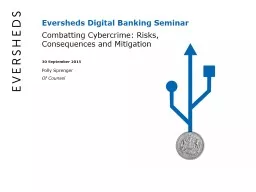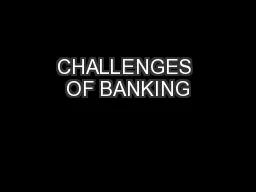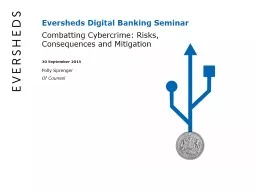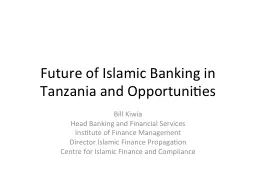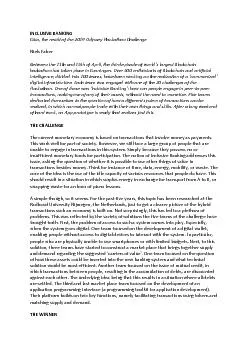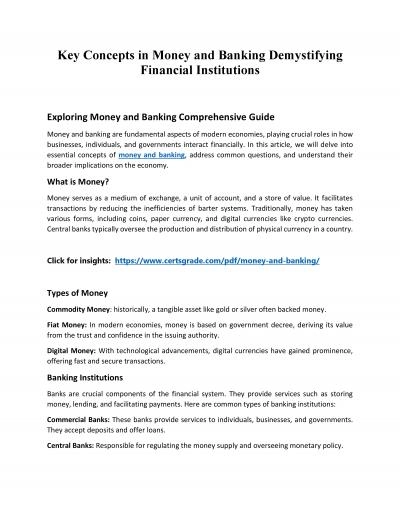PPT-E versheds Digital Banking Seminar
Author : conchita-marotz | Published Date : 2017-05-05
Combatting Cybercrime Risks Consequences and Mitigation 30 September 2015 Polly Sprenger Of Counsel Ashley Madison leak of members data so that individuals
Presentation Embed Code
Download Presentation
Download Presentation The PPT/PDF document "E versheds Digital Banking Seminar" is the property of its rightful owner. Permission is granted to download and print the materials on this website for personal, non-commercial use only, and to display it on your personal computer provided you do not modify the materials and that you retain all copyright notices contained in the materials. By downloading content from our website, you accept the terms of this agreement.
E versheds Digital Banking Seminar: Transcript
Download Rules Of Document
"E versheds Digital Banking Seminar"The content belongs to its owner. You may download and print it for personal use, without modification, and keep all copyright notices. By downloading, you agree to these terms.
Related Documents

